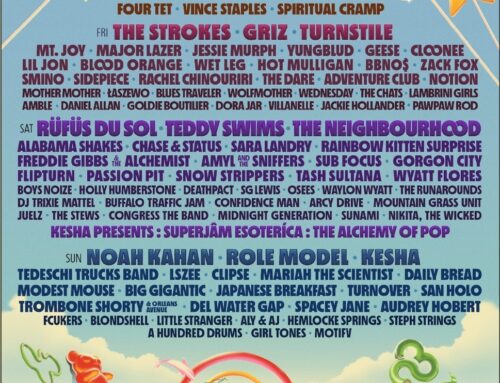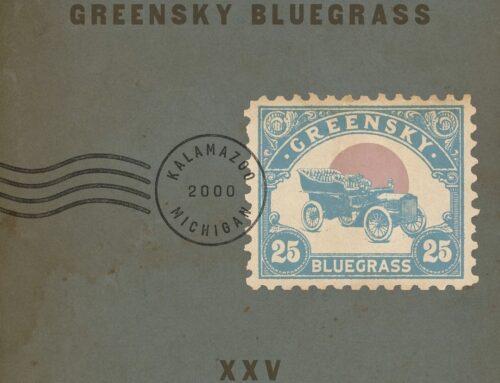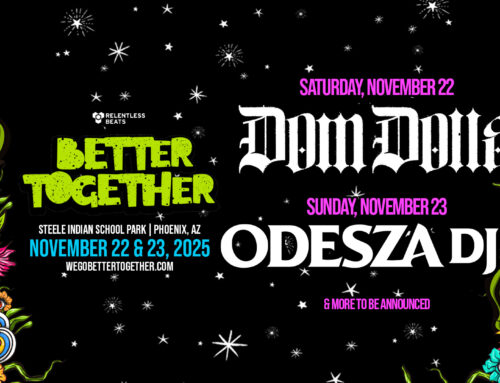Recording Industry Association of America Reported that Music Sales in the United States Generated $7.7 Billion in retail revenue in 2016. That number is Up 11.4 Percent from 2015.
The music industry has gone through some major changes since 1997. Before the Internet reached mass market, consumers would go to central record stores, produced by large-scale corporate record companies, and buy copies of albums for sale.
Once Napster hit homes across the globe in 1999, music went from being controlled by a few record companies, to having thousands of independent labels rise from the ashes of the fallen major labels. As indie musicians took control of their music, they also took control of the financing and advertising their creative work.
Overall, a majority of these startup record labels failed due to a lack of funding. The trend of touring to obtain revenue continues today, but it was heavily pushed into the mainstream when money was not generating from album sales.
Before major labels took over recorded music, there was a time when people didn’t record music at all. The only way to hear a song was to go see a musician perform it live. By the mid 1950s, vinyl records were starting to make it into the mainstream. At first, only wealthy individuals could afford the equipment to play recorded music. Similar to those that can afford a smartphone, data plan and a streaming service of today.
Over the next 50 years, record companies would sell and package albums from artists they selected. At the peak of the recording industry in 1998, along with the population growth rate peak in 1992, one can see that the amount of sales that is generated by the music industry is heavily impacted by the amount of consumers that will want to buy the product.
The United States has seen close to 100,000,000 new residents migrate in population since the ’90s, but with the United States population growth rate on a major decline during those years, I find that a large number of the new citizens were immigrants that listened to music from their country.
As the Internet grew, so did emerging tech companies like Spotify, Pandora and Apple Music. They used a free trial method to get people interested in streaming music, instead of owning copies of songs.
What this did was reverse engineer the decentralization of recorded music away from the thousands of new indie record labels, and put the power back into a few select hands at a centralized position.
Generation X took an entire industry, gave it away for free, and slowly had different corporations take it back. The major record labels continue to repackage it in a format that feels convenient, but in reality, streaming music strips the consumer from original thought by removing the desire to find new music in the real world.
The New York Times reported:
‘This year, the industry association attributed $220 million to a new category, “limited paid-tier subscription,” which includes plans like Amazon Prime that let paying customers pick from a smaller pool of songs.
Even with the latest growth spurt, sales revenue in the United States is still about half what the industry enjoyed in 1999.’
Browse over additional data and statistics covering streaming music.
| Overview | Values | Statistic |
|---|---|---|
| Global music industry revenue | $42.93bn | Details → |
| Music industry revenue in the U.S. | $15.55bn | Details → |
| Retail value of music shipments in the U.S. | $7.02bn | Details → |
| Overall music sales in the U.S. in million units | 1,556 units | Details → |
| Record Companies | Values | Statistic |
|---|---|---|
| Sony/ATV revenue market share worldwide | 22.4% | Details → |
| Annual sales and operating revenue of Sony Corporation’s music segment | $5.47bn | Details → |
| Universal Music Group’s revenue | $5.27bn | Details → |
| Warner Music Group’s revenue | $3.25bn | Details → |
| Concert Business | Values | Statistic |
|---|---|---|
| Live Nation Entertainment’s concert revenue | $5.87bn | Details → |
| Number of concerts and festivals promoted by Live Nation | 26,262 | Details → |
| Number of tickets sold for Justin Bieber’s music tours in North America | 899,417 | Details → |
| Gross revenue of Beyonce's music tours in North America | $169.4m | Details → |
| Digital Music | Values | Statistic |
|---|---|---|
| Mobile music revenue in the U.S. | $54.6m | Details → |
| iTunes market share in the U.S. | 64% | Details → |




